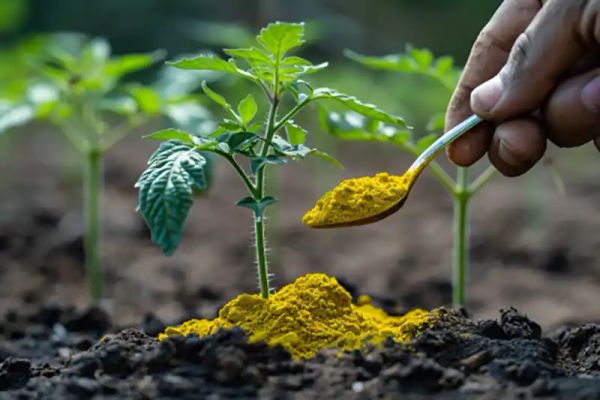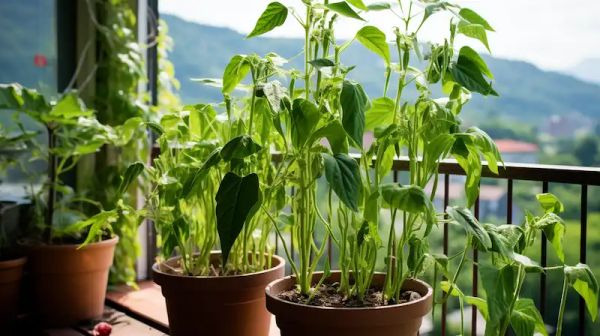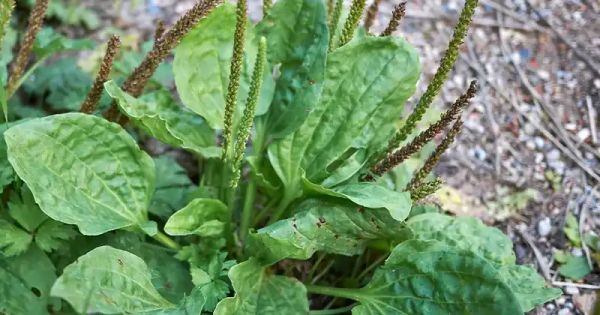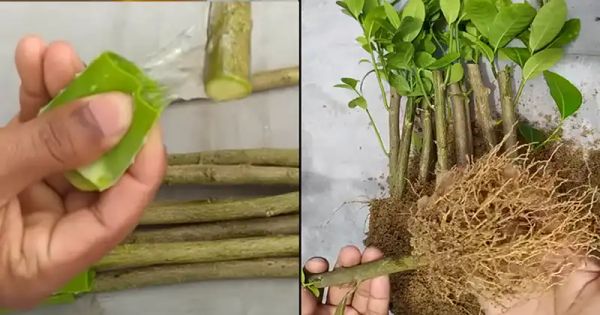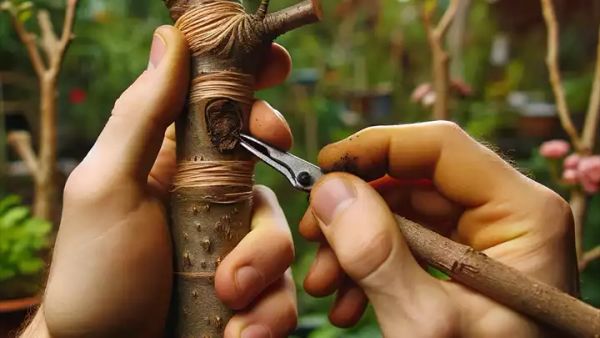
Grafting trees is a wonderful gardening technique that allows you to combine the best features of two plants into one. If you have fruit trees, grafting can help you propagate new ones with the desired characteristics. In this friendly and easy-to-understand guide, we will walk you through the process of grafting trees correctly and efficiently, including a method called grafting under the bark.

1. Choosing the Right Time for Grafting:
Late winter or early spring, just before the sap starts flowing (bud break), is the best time to graft trees. This timing allows the graft to heal and grow during the active growing season.
2. Selecting Scion and Rootstock:
To start the grafting process, you’ll need a scion and a rootstock. For the scion, choose a healthy, disease-free tree that is one year old. It should have 2-3 buds. The rootstock should also be healthy and well-established, and compatible with the scion. The size of the rootstock may vary depending on the grafting method used.
3. Common Grafting Techniques:
There are different grafting techniques to consider based on the size and compatibility of the rootstock and scion.
-
Whip Grafting: This method works best when the rootstock and scion are of similar size. Make diagonal cuts on both the scion and rootstock, ensuring the cambium layers (the green layer under the bark) meet when joined together.
-
Cleft Grafting: Ideal for larger rootstocks. Make a vertical cut in the rootstock and insert a scion with a wedge-shaped end into the slit.
-
Bud Grafting (Budding): This technique involves inserting a bud into a cut on the rootstock. It is commonly used during the summer when buds are mature.
4. Grafting Under the Bark:
Grafting under the bark is particularly suitable for large rootstocks and when the bark easily separates from the wood, typically in spring.
Here’s how you do it: Make a T-shaped cut in the bark of the rootstock. Carefully peel back the flaps of bark and insert a scion with a few buds and a small piece of wood attached. Secure the scion in place, making sure it’s in contact with the cambium layer of the rootstock.
5. Aftercare of Grafts:
Once the grafting is done, it’s important to take care of the grafts to ensure successful growth.
- Seal the graft with grafting wax or tape to prevent it from drying out.
- Provide adequate water without over-fertilizing until the graft has fully taken.
- Keep an eye on the graft for signs of growth or failure, and adjust care accordingly.
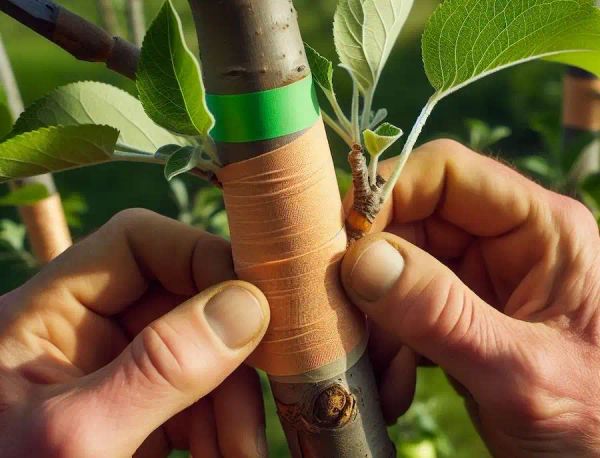
6. Tips for Success:
Here are a few additional tips to help you succeed in grafting:
- Before starting, sanitize all your tools to prevent the spread of disease.
- Make clean and precise cuts to ensure good contact between the cambium layers.
- Label grafted plants for future reference.
- Remember, patience is key. Some grafts may take time to establish and show growth.
Grafting can be a fascinating and rewarding process. It allows you to create unique combinations of fruit trees or repair damaged ones. Each grafting technique has its advantages, so it’s important to understand them to choose the most suitable method for your needs. With practice and care, grafting can lead to successful and productive growth in your garden or orchard. So go ahead, give it a try and share your newfound knowledge with friends!
Inspired by this? Share the article with your friends!
